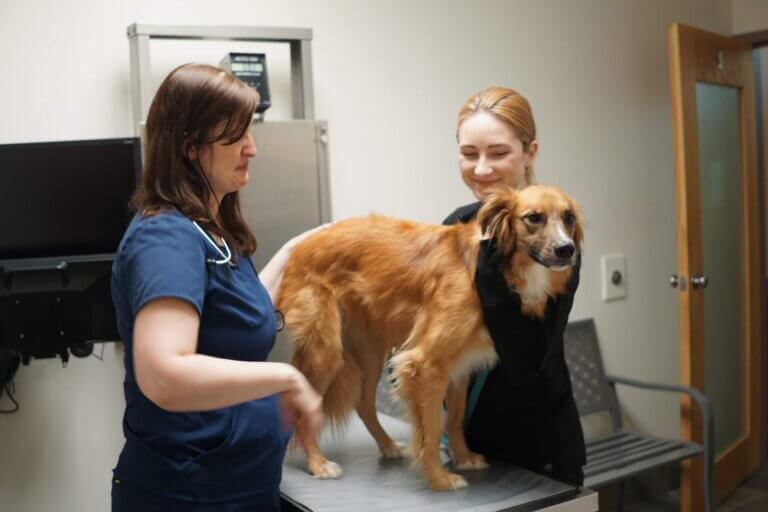You may think November is just for fall fun, but did you know that it’s also Senior Pet Month? Your furry friend’s needs are different throughout their life. Just like you would not feed an adult dog the same thing as a puppy, you would not take care of a senior cat or dog in the same way as an adult. Let’s take a look at some ways you can help your senior pet live a happy and healthy life.
Your Pet’s a Senior–Now What?
Your cat is considered a senior at 8 – 10 years old, while large dogs are considered seniors at age 6 and small dogs at age 8. While they may still be quite spry and agile, the truth is that it’s incredibly important to review your pet’s health needs as soon as they reach senior age. While they can still live for many years as a senior, they’ll need the right care in order to do so. Lots of things can change, such as their dietary needs, exercise needs, and healthcare needs. Your veterinarian is the best source of information for updating your pet’s health plan and treatments.
Senior Pet Needs
In addition to changing diet and exercise routines, you may also have to make several modifications around the home for a senior pet. For example, your pet may need their food and water bowls positioned more closely to their favorite resting spot. While it was once easy for them to walk across the house whenever they were thirsty, it gets more difficult as they age, and you want to ensure they’re able to reach their dishes with ease. This can apply to cat’s litter boxes as well.
Contact Your Veterinarian Today!
Please contact your veterinarian for more information on how to best care for your senior pet.

